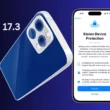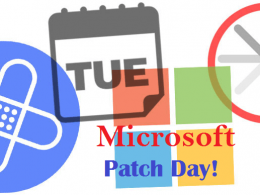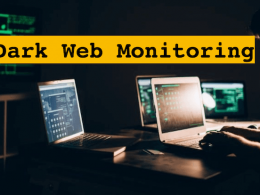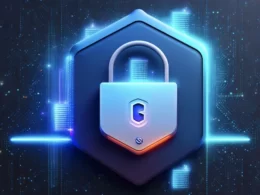A massive data leak known as the “Mother of All Breaches” (MOAB) has exposed the records of billions of users from a top websites and services. The leak, which is estimated to contain over 26 billion records with 12 Terabytes (TB), is the largest data breach ever discovered.
Research on Largest Data Breach
Collaborative research by CyberNews and cybersecurity researcher Bob Dyachenko at SecurityDiscovery discovered billions of leaked records.
The dataset is extremely dangerous as threat actors could leverage the aggregated data for a wide range of attacks, including identity theft, sophisticated phishing schemes, targeted cyberattacks, and unauthorized access to personal and sensitive accounts.
The researchers said
Most Websites 100 Million Data Leaks Records
The Chinese instant messaging app Tencent QQ has the largest records, with 1.4 billion. According to report, there are millions of records from Weibo (504 million), MySpace (360 million), Twitter (281 million), Deezer (258 million), LinkedIn (251 million), AdultFriendFinder (220 million), Adobe (153 million), Canva (143 million), VK (101 million), Daily Motion (86 million), Dropbox (69 million), Telegram (41 million), and many others have compromised.
The leaked data includes personal information such as email addresses, passwords, and usernames from websites like LinkedIn, Twitter, Weibo, and Tencent. It also includes data from online forums, hacking communities, and other sources.
How to Secure Your Accounts on Leaked Websites
In addition to the general security tips listed above, there are a few specific things you can do to secure your accounts on the websites that were affected by the Mother of All Breaches:
- Change your password on the affected websites. Even if you think your password was not leaked, it is still a good idea to change it as a precaution.
- Enable two-factor authentication on the affected websites. If the website offers two-factor authentication, be sure to enable it.
- Review your account settings and make sure that all of your information is accurate.
- Be on the lookout for phishing scams. Phishing scams are often sent in the wake of a data breach, so be extra careful about any emails or text messages you receive from the affected websites.
- Don’t share your personal information with people you don’t know and be wary of phishing scams. Be careful about what information you share online.
- Monitor your accounts for suspicious activity. If you see any suspicious activity on your accounts, such as unauthorized login attempts or changes to your account settings, be sure to report it to the website or service immediately.
The Mother of All Breaches is a reminder of the importance of cybersecurity. By following the tips above, you can help to protect yourself from identity theft and other forms of cybercrime.
Here are some additional tips for protecting your online security:
- Use a password manager. A password manager can help you to create and store strong passwords for all of your online accounts.
- Keep your software up to date. Outdated software can contain security vulnerabilities that can be exploited by hackers.
- Be careful about what you click on. Don’t click on links or attachments in emails or text messages from people you don’t know.
- Use a firewall and antivirus software. A firewall can help to block unauthorized access to your computer, and antivirus software can help to protect you from malware.











